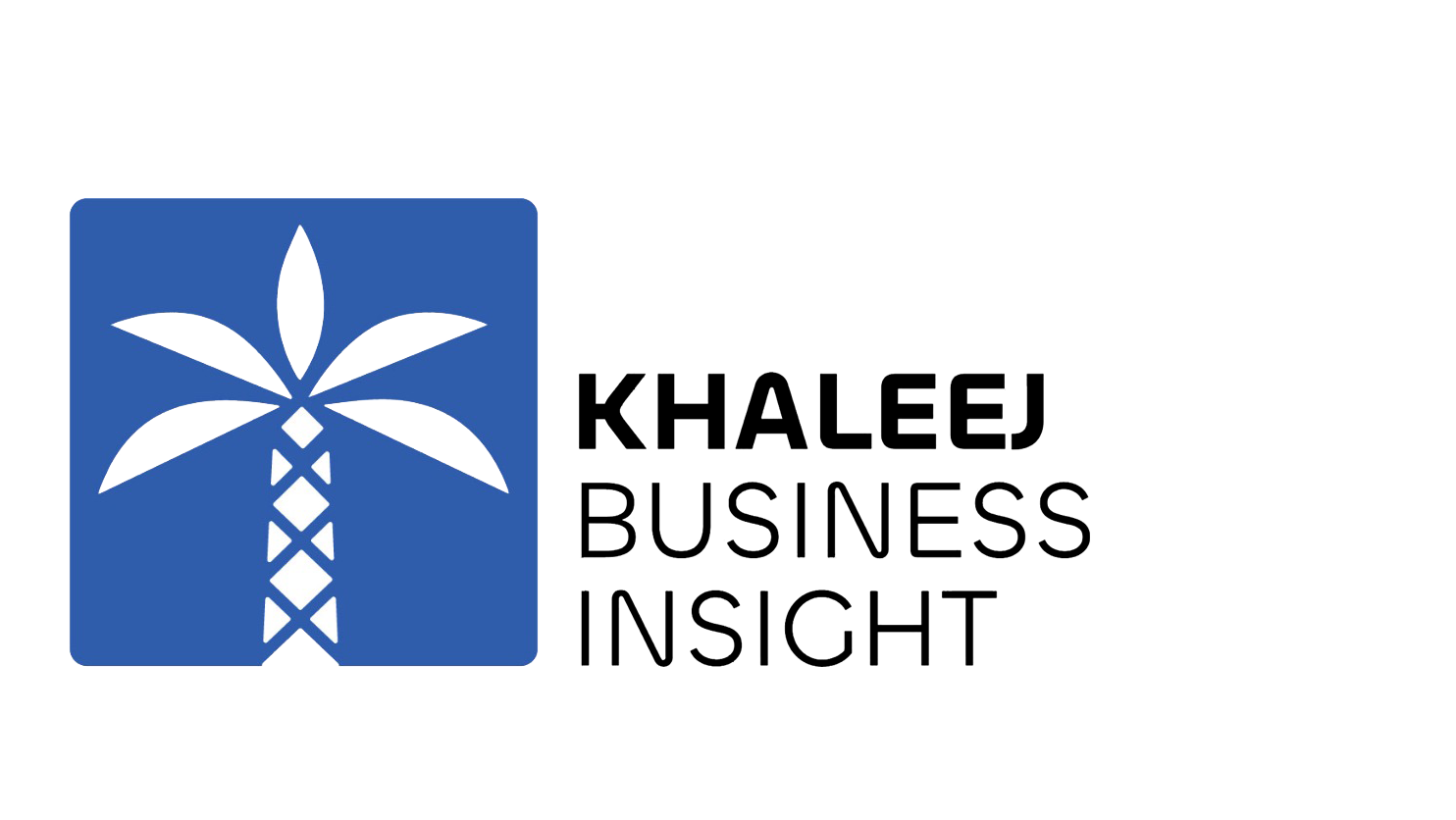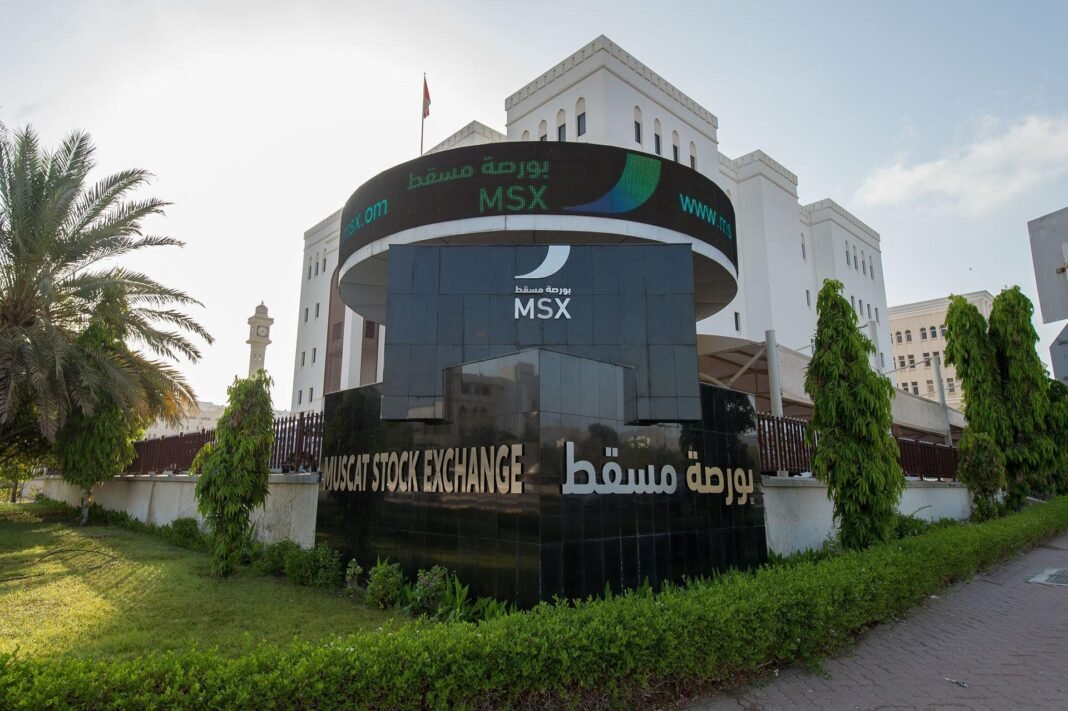The Oman stock market reached its highest level in 29 months, reflecting strong investor confidence and steady business growth. The Muscat Stock Exchange’s primary index closed at 4,849 points after gaining 68 points in a week.
The rise came from robust buying by local funds, institutions, and individual investors. All sectors recorded gains, with the industrial sector jumping 150 points. The services sector climbed 28 points, while the financial sector rose 18 points. The Shariah index also increased by 3 points, closing at 469.
Trading activity in the Oman stock market showed significant improvement. Weekly turnover increased by 31.3 percent to RO 129.8 million, compared to RO 98.8 million in the previous week. The number of transactions grew by 3 percent, surpassing 10,700 trades. Market capitalization expanded by RO 269 million to reach RO 29.40 billion.
Stock prices advanced for 42 securities, declined for 21, and remained unchanged for 29. United Finance Bonds and Oman Refreshments topped the gainers, each rising 11.1 percent. Muscat Insurance posted the largest drop, falling 18.9 percent.
Bank Muscat emerged as the most actively traded stock by value, generating RO 35.2 million in transactions. It was followed by OQ Base Industries with RO 29.8 million, Bank International with RO 16.8 million, OQ Gas Networks with RO 16.1 million, and OQ Exploration and Production with RO 11.3 million.
In corporate news, Omantel and Ooredoo announced a key regulatory change. The Telecommunications Regulatory Authority set a standard royalty rate of 10 percent of revenue for both mobile and fixed services. This policy starts from the fiscal year 2025.
Omantel expects this change to boost its net profit by RO 1.7 million after tax in the first half of 2025. Ooredoo forecasts a post-tax benefit of RO 2.5 million for the year. Analysts believe the decision will strengthen investor sentiment and support further gains in the Oman stock market.
In conclusion, market watchers see the index’s strong performance as a sign of healthy economic activity and increased investor participation. Sustained growth could attract more capital, both domestic and foreign, helping the market’s long-term development.





